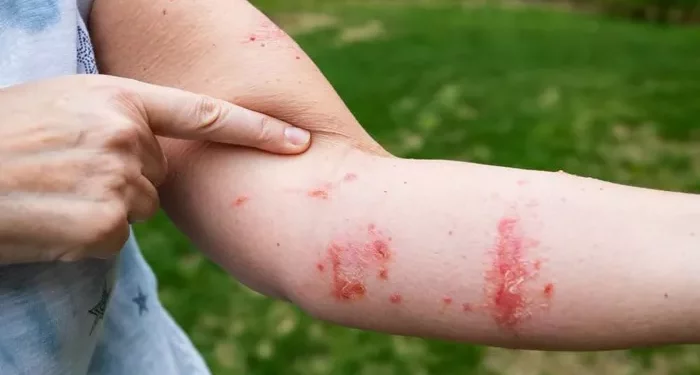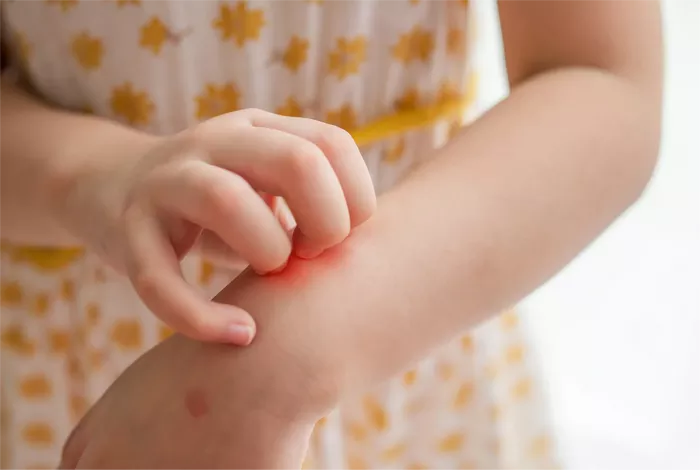Shingles, also known as herpes zoster, is a painful skin condition that affects many people, particularly those over 50 years old. Understanding the causative agent of shingles is essential for prevention and treatment. In this article, we will explore the virus responsible for shingles, how it causes the condition, and the implications for those affected.
The Virus: Varicella-Zoster Virus (VZV)
The primary causative agent of shingles is the varicella-zoster virus (VZV). This virus is part of the herpesvirus family. It is the same virus that causes chickenpox. After an individual recovers from chickenpox, usually in childhood, the virus does not completely leave the body. Instead, it becomes dormant in the nerve tissues.
Chickenpox and Its Link to Shingles
Most people contract chickenpox during childhood. The symptoms of chickenpox include:
- Red, itchy rash
- Fever
- Fatigue
- Loss of appetite
Once the chickenpox rash heals, the virus remains inactive in the body’s nerve cells. This dormant state can last for many years, often for decades.
Reactivation of VZV
In some individuals, usually during periods of stress, weakened immune systems, or older age, the dormant VZV can reactivate. This reactivation leads to shingles. Shingles manifests as a painful rash that usually appears on one side of the body or face.
How VZV Causes Shingles
When VZV reactivates, it travels along the nerve pathways to the skin, resulting in the characteristic rash and pain. The process of shingles development involves several stages:
1. Dormant Phase
After a person recovers from chickenpox, VZV remains inactive. It hides in the sensory nerve roots near the spinal cord. During this time, the body’s immune system keeps the virus in check.
2. Reactivation Phase
Various factors can trigger the reactivation of VZV, including:
Age: The risk of developing shingles increases with age, particularly after 50.
Stress: Physical or emotional stress can weaken the immune system, allowing VZV to reactivate.
Illness: Other illnesses or conditions that affect the immune system can increase the risk.
Medications: Certain medications that suppress the immune system can also trigger reactivation.
3. Rash Development
Once VZV reactivates, it travels down the nerves to the skin. This journey takes about 1 to 2 days. The first signs of shingles include:
- Pain or tingling in a localized area (often one side of the body)
- Sensitivity to touch
After a day or two, the characteristic rash appears:
- Small red spots develop into fluid-filled blisters.
- These blisters often burst and form crusts.
- The rash usually appears in a band-like pattern.
4. Healing Process
The rash and associated symptoms typically last between 2 to 4 weeks. Most individuals recover fully, but some may experience lingering pain, known as postherpetic neuralgia.
Symptoms of Shingles
Recognizing the symptoms of shingles is vital for prompt treatment. The most common symptoms include:
Pain: This is often the first symptom. It can be severe and is usually localized to one area.
Rash: The rash follows a specific pattern, often in a single strip around one side of the torso or face.
Itching or tingling: Before the rash appears, there may be sensations of itching or tingling in the affected area.
Fever and fatigue: Some individuals may also experience general feelings of malaise.
Risk Factors for Shingles
Understanding who is at risk for shingles is crucial for prevention. The main risk factors include:
1. Age
The risk of developing shingles increases significantly with age. Adults over 50 are more likely to experience reactivation of VZV.
2. Weakened Immune System
People with compromised immune systems, whether due to disease or medications, are at a higher risk. Conditions that weaken the immune system include:
- HIV/AIDS
- Cancer
- Autoimmune diseases
3. Stress
Emotional or physical stress can trigger shingles. Managing stress through relaxation techniques, exercise, and proper sleep can help reduce the risk.
4. Family History
A family history of shingles may increase the likelihood of developing the condition.
Complications of Shingles
While most people recover from shingles without long-term problems, some may experience complications. These include:
1. Postherpetic Neuralgia (PHN)
PHN is the most common complication of shingles. It occurs when nerve fibers become damaged during the outbreak, leading to persistent pain in the affected area, even after the rash has healed. This pain can last for months or even years.
2. Vision Problems
If shingles affects the eye (known as herpes zoster ophthalmicus), it can lead to serious complications, including vision loss.
3. Skin Infections
The blisters from shingles can become infected with bacteria, leading to further complications.
4. Neurological Issues
In rare cases, shingles can lead to neurological complications, such as encephalitis or meningitis.
Diagnosis of Shingles
A healthcare provider typically diagnoses shingles based on the following:
Medical History: A history of chickenpox or shingles is taken into account.
Physical Examination: The appearance of the rash and its location are assessed.
Lab Tests: In some cases, laboratory tests may be conducted to confirm the diagnosis.
Prevention of Shingles
Preventing shingles involves both lifestyle choices and vaccination. Here are some preventive measures:
1. Vaccination
Vaccination is one of the most effective ways to prevent shingles. The shingles vaccine, known as Shingrix, is recommended for adults over 50, even if they have had shingles before. The vaccine significantly reduces the risk of developing shingles and its complications.
2. Healthy Lifestyle
Maintaining a healthy lifestyle can strengthen the immune system. This includes:
- Eating a balanced diet rich in fruits, vegetables, and whole grains.
- Regular exercise to promote overall health.
- Managing stress through relaxation techniques like yoga or meditation.
3. Regular Health Check-ups
Regular visits to healthcare providers can help monitor and manage health conditions that may weaken the immune system.
Treatment of Shingles
If shingles does occur, treatment options are available to alleviate symptoms and shorten the duration of the illness. The main treatment approaches include:
1. Antiviral Medications
Antiviral medications, such as acyclovir, valacyclovir, and famciclovir, are commonly prescribed. These medications can reduce the severity and duration of shingles if taken within 72 hours of the rash onset.
2. Pain Relief
Pain relief is crucial in managing shingles symptoms. Over-the-counter pain relievers, such as ibuprofen or acetaminophen, can help alleviate pain. For severe pain, healthcare providers may prescribe stronger pain medications.
3. Topical Treatments
Applying soothing lotions or creams to the rash can help relieve itching and discomfort.
4. Corticosteroids
In some cases, corticosteroids may be prescribed to reduce inflammation and pain, particularly for severe cases.
Conclusion
Shingles is caused by the varicella-zoster virus, the same virus that leads to chickenpox. Understanding this causative agent is essential for prevention, diagnosis, and treatment. By recognizing risk factors and seeking vaccination, individuals can significantly reduce their chances of experiencing shingles. If shingles does occur, early intervention with antiviral medications and pain relief is key to managing the condition effectively. With proper care and awareness, the impact of shingles can be minimized, allowing individuals to lead healthier lives.
Related topics:



























